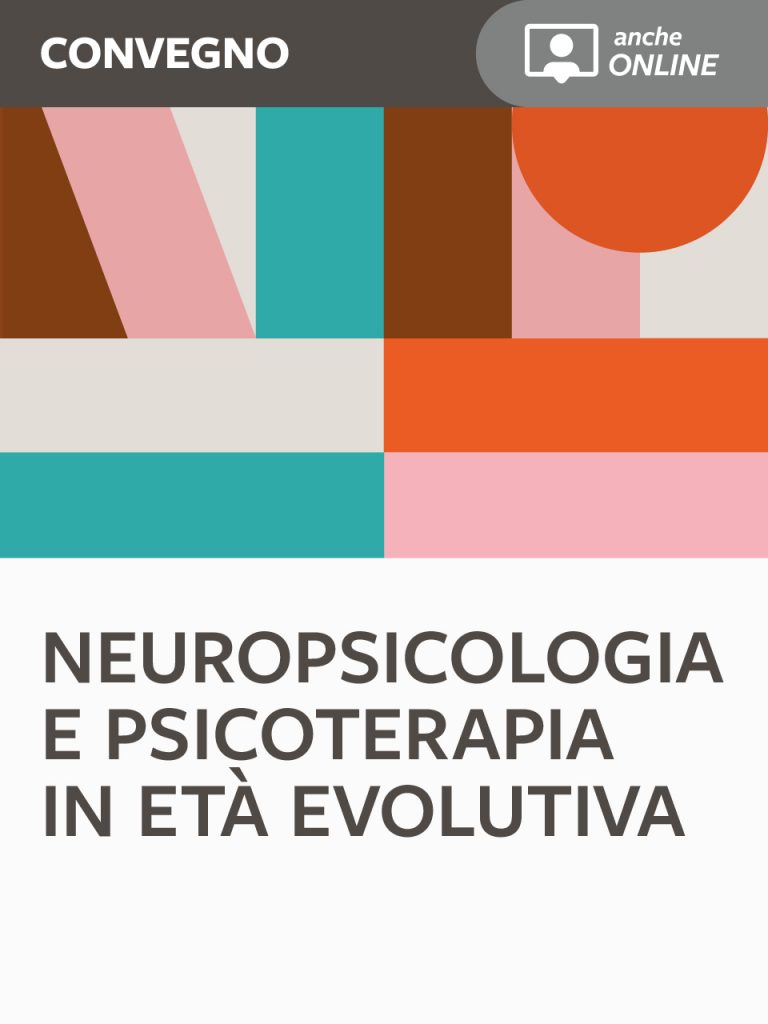Combining Multiple Strategies to Increase Motor Activity in a Boy with Autism and Obesity
Cristina Pavone, Fabrizia Paolone, Alessandro Dibari, Daniele Rizzi
Recent evidence has shown how some characteristics of Autism Spectrum Disorders (ASD) in combination with often inadequate environmental factors, can induce people with this disability to a more sedentary lifestyle and represent an obstacle in carrying out several motor activities. This problem, in association with an often unbalanced daily diet, seems to be among the elements responsible for a weight gain leading to obesity, a critical health-related risk factor. In this study, the effectiveness of an intervention that combines multiple strategies has been evaluated, with the objective of teaching a 15-year-old boy with autism and obesity to practice fast walking on the treadmill in order to improve his physical well-being. The strategies used are the followings: positive reinforcement, token economy, demand fading, fading of the adult presence and embedding reinforcement. A changing criterion design divided into several phases has been applied, in which are shown the results of the treatment assessed by measuring the duration of training on the treadmill in different conditions. These results highlight the effectiveness of the intervention that led the boy to learn a motor activity towards which he developed interest and started to lose weight therefore improving his health. This clinical evaluation therefore extends the yet limited literature on interventions aimed at using motor activity to improve the well-being of people with ASD and obesity, bringing a contribution in the treatment of children with autism and significant intellectual disability.
Keywords
Fading, Functional skills, Autism, Motor activity.

